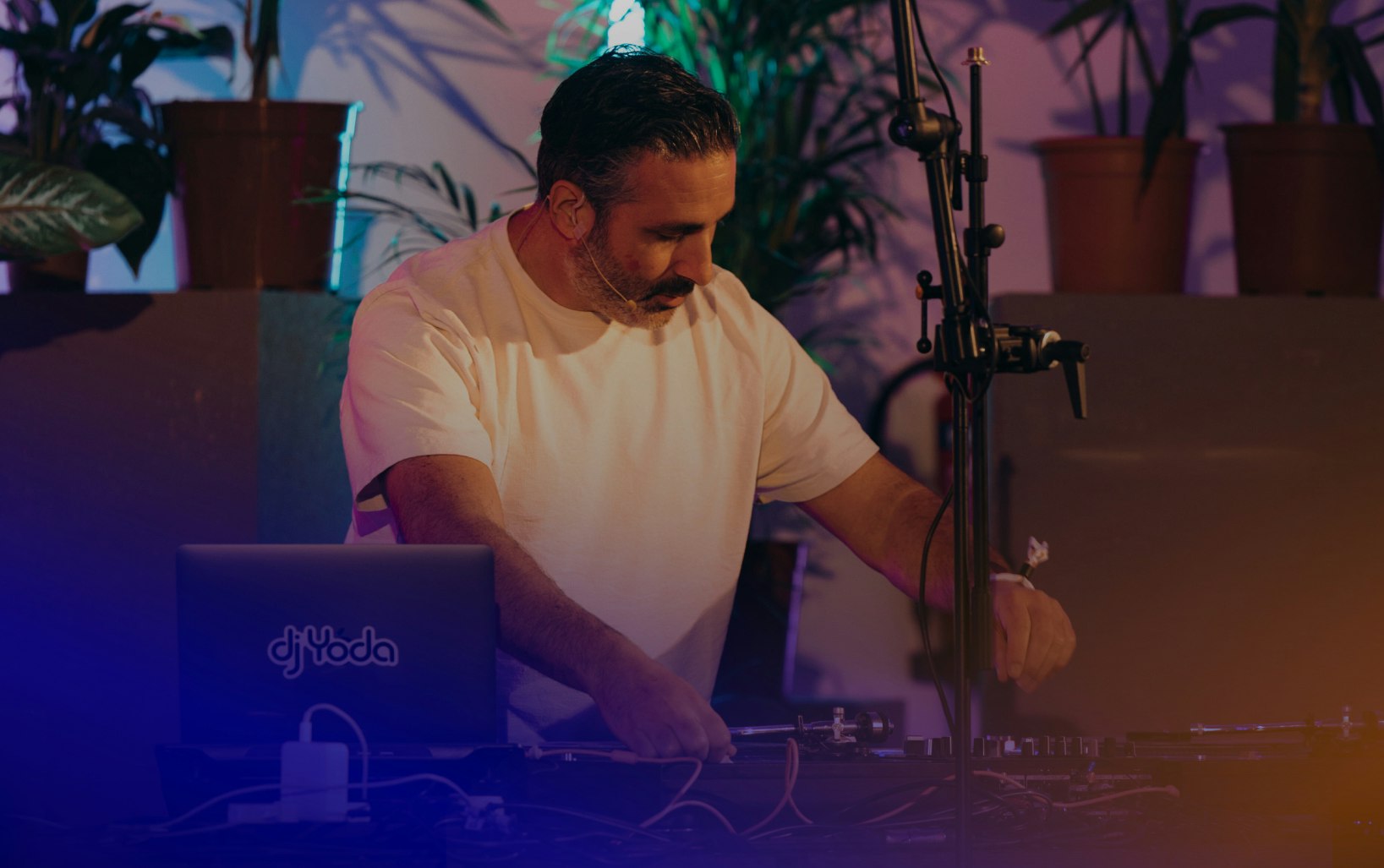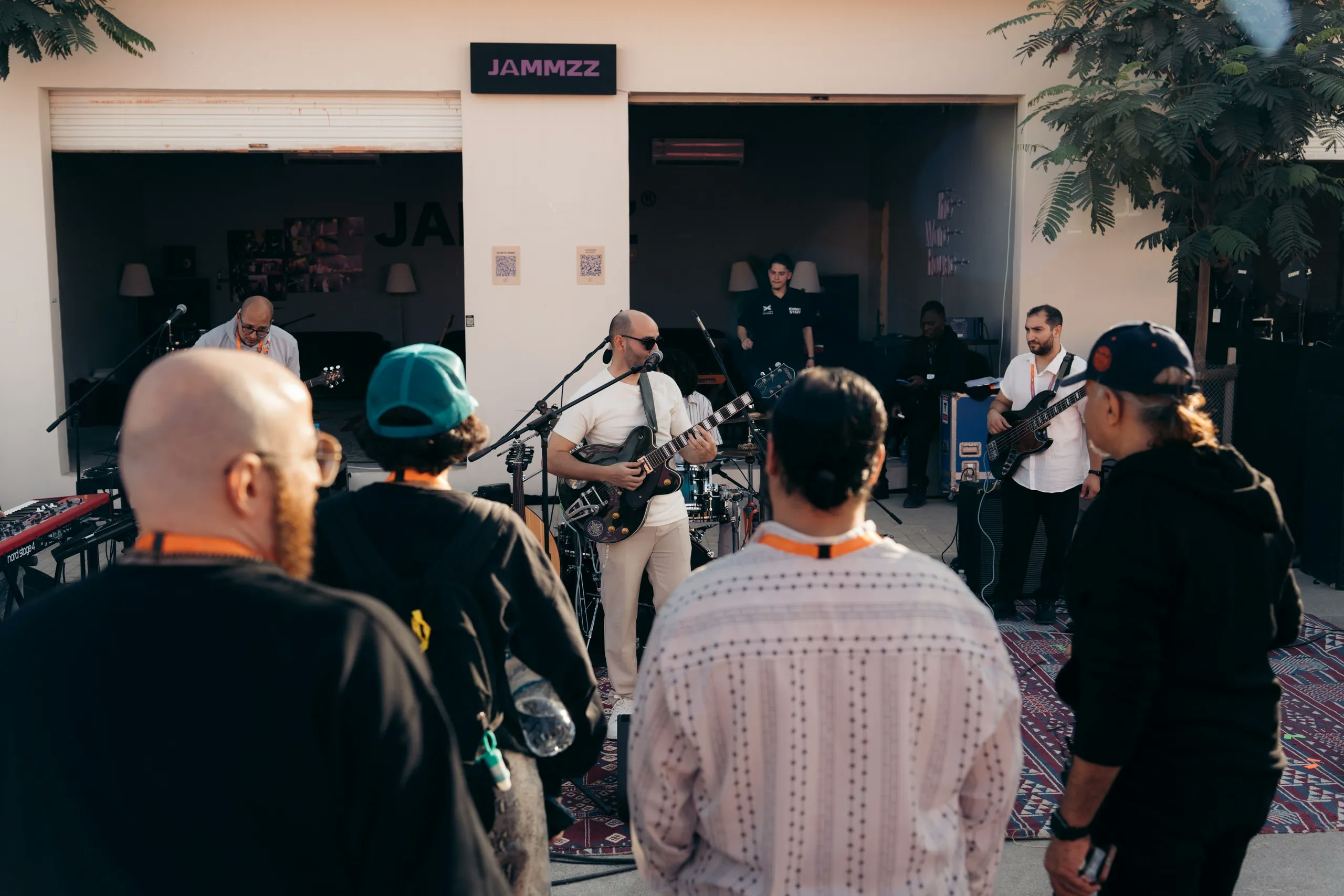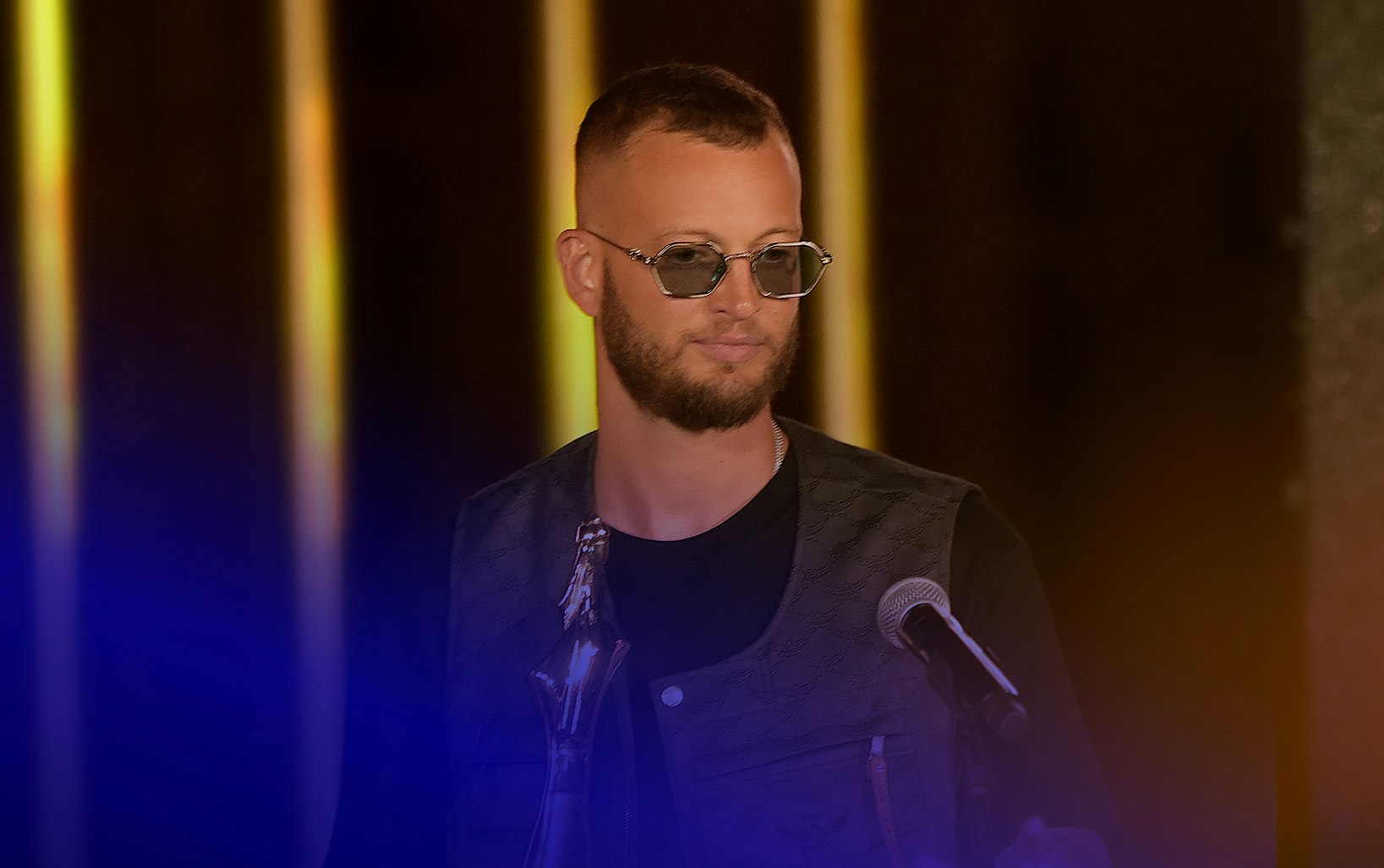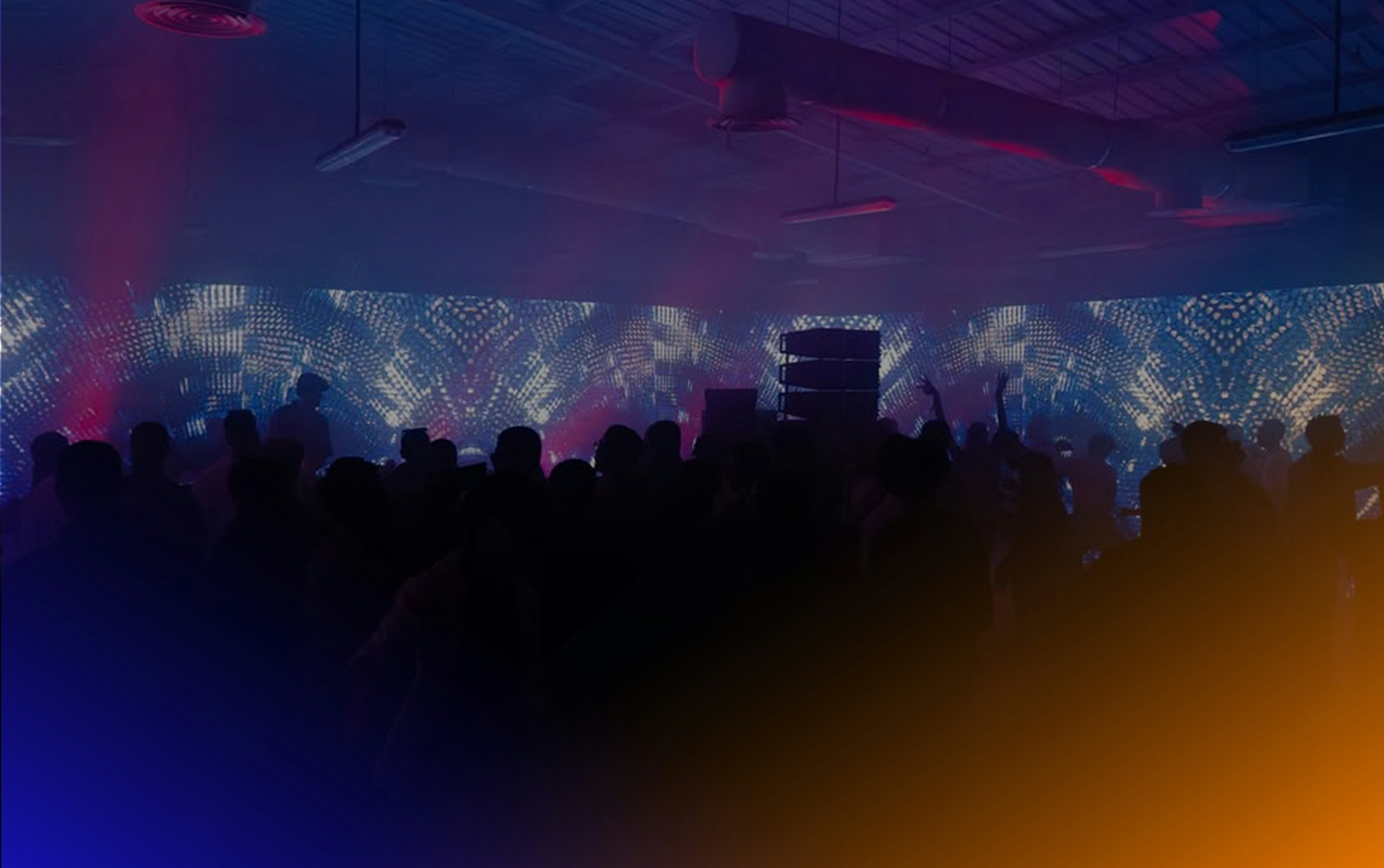

The Power of Music Videos: Cinematic Expressions in the Digital Age
By MDLBEAST
July 17 2025
The Power of Music Videos: Cinematic Expressions in the Digital Age
By MDLBEAST
July 17 2025
Music videos have evolved from simple visual accompaniments to songs to strong artistic forms that define cultural moments, build artist identities, and impact worldwide trends. In the digital age, these cinematic expressions have become vital tools for storytelling, branding, and reaching broad audiences on platforms such as YouTube, TikTok, and Instagram.
A Brief History of Music Videos
The music video, as we know it, did not exist until MTV arrived in 1981, and thus sound and image had a connected relationship. When Michael Jackson's Thriller was released, he played a pivotal role in shaping this new medium, turning the music video into a short film with specific narrative conventions. In contrast, in the East, music videos were initially little more than documented footage. However, artists like Fairuz and Sabah began to incorporate narrative elements, though their presence was more aural than visual.
They recorded/created songs of cultural identity, romance, and customs. By the 2000s, the Arabic music video scene became more fully developed. While it still blended traditional and modern styles, it gained greater access to global promotion.
Storytelling Through Music Videos
Music makes more sense when accompanied by video, and the appeal is just as sensory as the lyrics play out before the eyes in a series of aesthetically pleasing visuals. Beyoncé, for example, didn't just create a song called Lemonade; her edited project adds a storyline that turns the music focused on gender and racial politics and subsequent empowerment. Similarly, in the realm of Arabic music, the editing of accumulated songs from someone like Mohamed Abdo gives a more visual perspective of Gulf beauty, whereas a woman like Nancy Ajram, who caters to a younger fan demographic, often renders more colorful, relatable storylines. Ultimately, it makes what could just be audio enjoyment into a visual and sensory one.
The Role of Technology in Music Videos
The peaks, however, are in the realms of music videos. CGI, AR, and VR make it all a matter of the imagination. Thus, it's not too far to think that the peak of the music video pyramid, from Billie to Travis, does it on a worldwide scale, usually, with no limitations but music as they give their audiences an experience they'll never forget. Yet in the Arab region, a project like MDLBEAST is on the cutting edge of appreciation, celebrating such endeavors while also taking a level of cultural sensitivity into consideration.
Music Videos in the Digital Era
Where and how people listen to music and view music videos have transformed, too. YouTube exists where anyone can post a music video and go viral with millions of views and streams overnight. The same goes for TikTok, as fans can view and engage with music videos via snippets and challenges. One day, Amr Diab has a music video trending on YouTube; the next, Aseel Omran's song is making waves on TikTok—culturally unaware and beyond the boundaries of Lebanese, Egyptian, or any demographic, increasing exposure to all Arab talent.
The Cultural Impact of Music Videos
Music videos almost never just exist to entertain. They become cultural phenomena, fashion statements, and sociopolitical movements. While much of K-pop has led to such phenomena with a genre of music video almost unparalleled (largely due to production value), the Arab music video attempts to do the same in raising standards of genre.
By employing traditional imagery compared to a contemporary sound and lyric approach, the Arab music video pays homage to the genre in which it was born but does so in a place of acknowledgment of improvement and change. Asala and Hussain Al Jassmi, two prominent forces within the music video realm, create respective imagery to discuss who they are and where they come from, relative to an increasingly vibrant and beautiful Arab world.
Visualizing the Future of Music Videos
As technology advances, music videos will become ever more immersive and dramatic. From interactive storytelling to AI-generated images, the possibilities are limitless. Music videos will continue to cross cultural and linguistic boundaries, acting as universal bridges between sound and visual.
Music videos, whether created by legends like Fairuz or modern pioneers like MDLBEAST performers, are more than just accompaniments to songs; they are windows into the essence of music, providing enduring connections that resonate beyond generations.
They are more than just an accompaniment to music; they are vivid canvases where art, culture, and emotion come to life. Music videos continue to shape the way we experience music itself.
Share this


